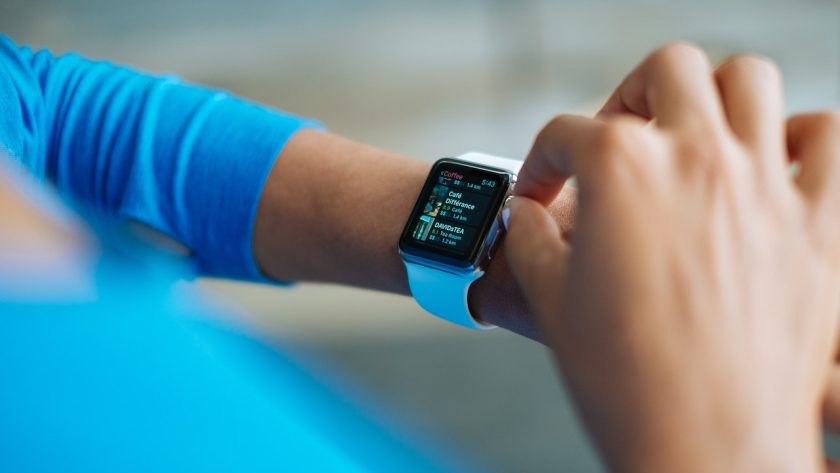The Impact of Smartwatches on Kids’ Screen Time: Best Practices for Parents
Smartwatches are increasingly popular among children. Smartwatches allow parents to monitor their children’s screen time, and allow them to control the content their kids access. With the growing popularity of smartwatches, they have become an important tool for limiting children’s time spent on electronic devices. However, in order to use these technologies effectively, parents need to be aware of best practices for their use.
The most important thing is for parents to set limits and boundaries on their children’s screen time. Parents should also set rules about what can be done on the smartwatch and what content can be used. In addition, parents should regularly monitor their children’s activity on the smartwatch and make sure they respect the set screen time limits and content rules. This would help parents better protect their children from excessive use of electronic devices and prevent health problems associated with too much time spent in front of screens.
Configuring Time Limits and Usage Restrictions on Smartwatches: A Step-by-Step Guide
Setting up time limits and usage restrictions on smart watches is important to protect children from overexposure to technology. These settings can help parents control how much time a child spends on the device and what apps are allowed. This step-by-step guide will help you set up time limits and usage restrictions on smart watches.
Pierwszym krokiem jest ustalenie godzin, w których dziecko może używać swojego smartwatcha. Większość modeli ma opcję „Tryb Nocny”, która blokuje urządzenie po określonym czasie lub o określonej porze. Możesz również skonfigurować limity czasowe dotyczące poszczególnych aplikacji lub całego urządzenia. Na przykład możesz ustawić limit 30 minut dziennie na granie w gry lub 1 godzinę dziennie na surfowanie po Internecie. Po skonfigurowaniu tych limitów bardzo ważne jest monitorowanie postepów Twojego dziecka i upewnienie się, że trzyma się ich.
Balancing Notifications and Distractions: Optimizing Smartwatch Use for Kids
Balancing notifications and distractions is an important part of optimizing smartwatch use for kids. Smartwatches are becoming increasingly popular among children, but it’s important to ensure that they are used responsibly. Parents should set clear rules about when their child can access the watch and what types of notifications they can receive. For example, parents may want to limit the number of notifications their child receives each day or restrict certain types of notifications such as social media updates. Additionally, parents should encourage their child to take regular breaks from using the watch in order to avoid overstimulation and distraction.
Parents should also consider how they will monitor their child’s use of the smartwatch. They may want to install parental control software on the device in order to keep track of which apps are being used and how often. This can help them ensure that their child is not spending too much time on the device or accessing inappropriate content. Additionally, parents should talk with their child about responsible use of technology and discuss any concerns they have about potential risks associated with using a smartwatch. By taking these steps, parents can help ensure that their child is getting the most out of their smartwatch experience while avoiding unnecessary distractions and notifications.
Encouraging Physical Activity and Breaks: Incorporating Healthy Habits with Smartwatches
Smartwatches are becoming increasingly popular as a way to track physical activity and encourage healthy habits. Smartwatches can be used to monitor heart rate, steps taken, calories burned, and other metrics that help users stay active and motivated. They also provide reminders for users to take breaks throughout the day, which can help reduce stress levels and improve overall wellbeing. Additionally, many smartwatches come with built-in fitness tracking apps that allow users to set goals and track their progress over time. This helps keep users motivated and on track with their fitness goals.
Incorporating smartwatches into daily life is an easy way to promote physical activity and healthy habits. By setting reminders for breaks throughout the day, users can ensure they are taking regular breaks from work or school activities in order to give their bodies a rest. Additionally, by tracking physical activity through a smartwatch, users can easily see how much exercise they are getting each day and make adjustments if necessary. Finally, using a smartwatch’s fitness tracking app allows users to set realistic goals for themselves and track their progress over time so they can stay motivated and reach their desired level of healthiness.
Tracking and Monitoring Usage Patterns: Ensuring a Balanced Screen Time Experience
Tracking and monitoring usage patterns is an important part of ensuring a balanced screen time experience for children. By tracking how much time children spend on their devices, parents can ensure that they are not spending too much time in front of screens. This helps to prevent the development of unhealthy habits such as excessive gaming or social media use. Additionally, tracking usage patterns allows parents to identify any potential issues with their child’s online behavior, such as cyberbullying or inappropriate content consumption.
Monitoring usage patterns also provides parents with valuable insights into their child’s interests and preferences. By understanding what types of activities their child enjoys most, parents can tailor their screen time experiences accordingly. For example, if a parent notices that their child spends more time playing educational games than watching videos, they may choose to provide them with more educational apps and websites instead of entertainment-focused ones. Tracking and monitoring usage patterns is an essential tool for helping families create a healthy balance between digital activities and other forms of playtime.




